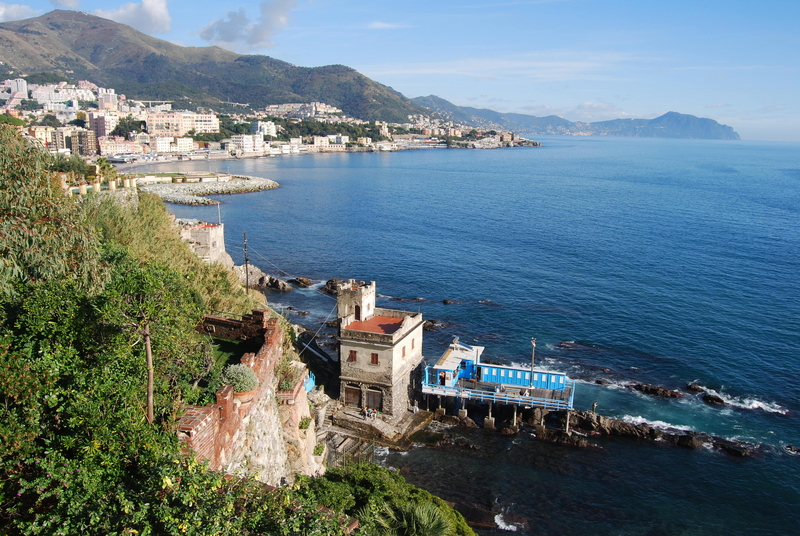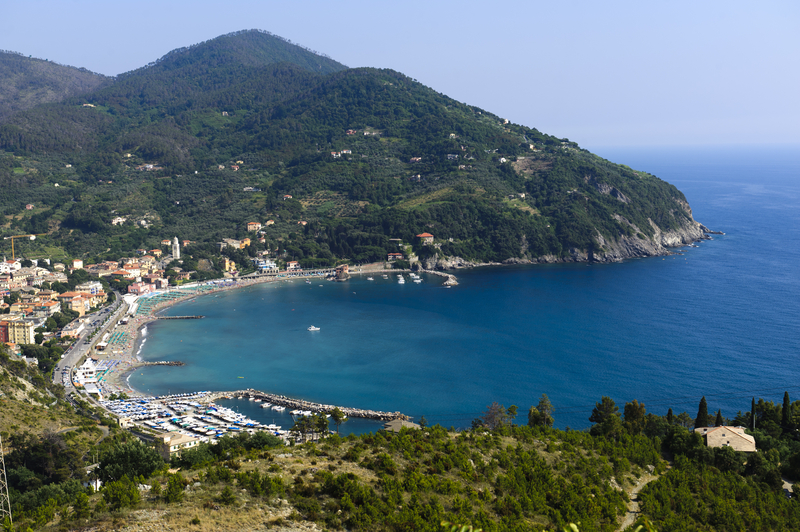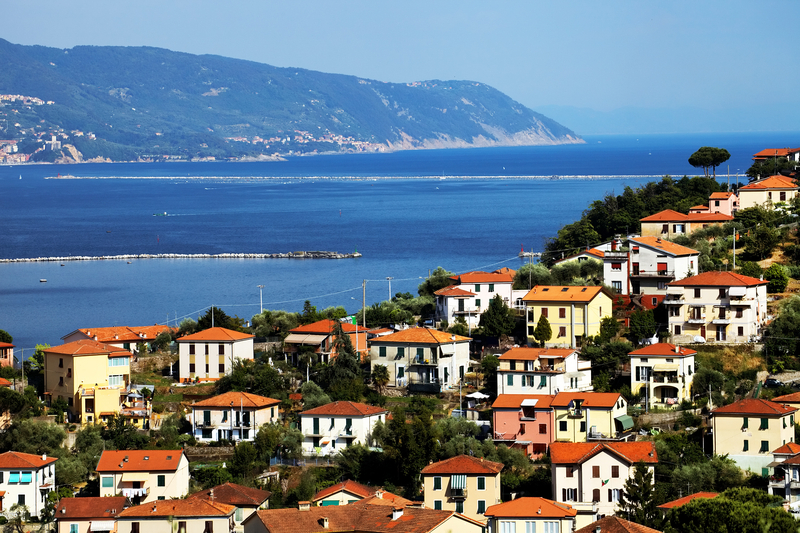In 61 A.D., Roman poet Marcus Annaeus Lucanus, better known as Lucan, wrote of the Ligures, the first inhabitants of Genoa: “First of the long-haired nations, on whose necks once flowed the auburn locks in pride supreme.”
The ancient Ligures were only the first of many peoples who have occupied the city now known as Genoa. Situated in northwest Italy on the Ligurian Sea, an arm of the Mediterranean, Genoa has been a strategic port for millennia, subject to invasion and occupation. The port’s prominence makes Genoa an appropriate birthplace for its most famous mariner, Christopher Columbus.
 Greeks, Etruscans, Phoenicians and Carthaginians successively dominated Genoa’s harbor until the early 3rd century, when the city became part of the Roman Empire. Ostrogoths, Byzantines, and Lombards occupied the area after the empire’s fall. Genoa’s medieval gates are a rare survivor on the city’s tumultuous beginnings, and also one of Genoa’s most famous landmarks.
Greeks, Etruscans, Phoenicians and Carthaginians successively dominated Genoa’s harbor until the early 3rd century, when the city became part of the Roman Empire. Ostrogoths, Byzantines, and Lombards occupied the area after the empire’s fall. Genoa’s medieval gates are a rare survivor on the city’s tumultuous beginnings, and also one of Genoa’s most famous landmarks.
In the heart of Genoa stands the Cathedral of San Lorenzo, built by monies earned during the Crusades. Genoa built her own mini-empire as a partner in the Crusades, entering into a fierce rivalry with Venice for dominance over the seas, a rivalry that continued well into the 14th century.
The cathedral’s distinctive horizontal striped façade is another city landmark. For centuries, the Cathedral’s prized possession was the an “emerald chalice,” obtained during the crusades and said to the Holy Grail. An accident later revealed the “emerald” to be green glass. During World War II, Genoa fell under shelling from a British battleship. A shell fell into a nave of the cathedral but did not explode. It remains there to this day.
Genoa is still an important seaport, and in modern times, the commercial aspect of the city led visitors to view Genoa as not much more than a stop along the way to the tourist favorite, Cinque Terre, five popular towns along the Italian Riviera. In 2004, the Italian government poured millions into Genoa for city-wide renovations. An infusion of youthful entrepreneurs followed, opening new cafés and bars.
Porto Antico, the port of Genoa, now features wide promenades along new shops and restaurants. The port boasts one of Europe’s largest aquariums, a biosphere suspended over the harbor and the Galata Maritime Museum. The museum features artifacts that date back to the time of Columbus, as well as a reconstruction of a 17th century galleon. The museum’s rooftop Galata Café offers scenic views of the city and harbor.
The long, varied history of Genoa is reflected by the city’s walls. Portions of the walls date from the 9th century to the 17th century, with fortresses along or near the perimeter. Wandering the streets of Genoa can feel like stepping back into time, with narrow, cobblestone alleyways that make it easy to imagine life during the Middle Ages.
Most attractions in the city can easily be reached on foot. Cabs are also widely available. Genoa’s recently modernized Cristoforo Colombo Airport features non-stop flights to major European cities.







